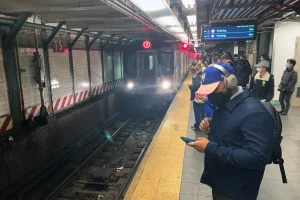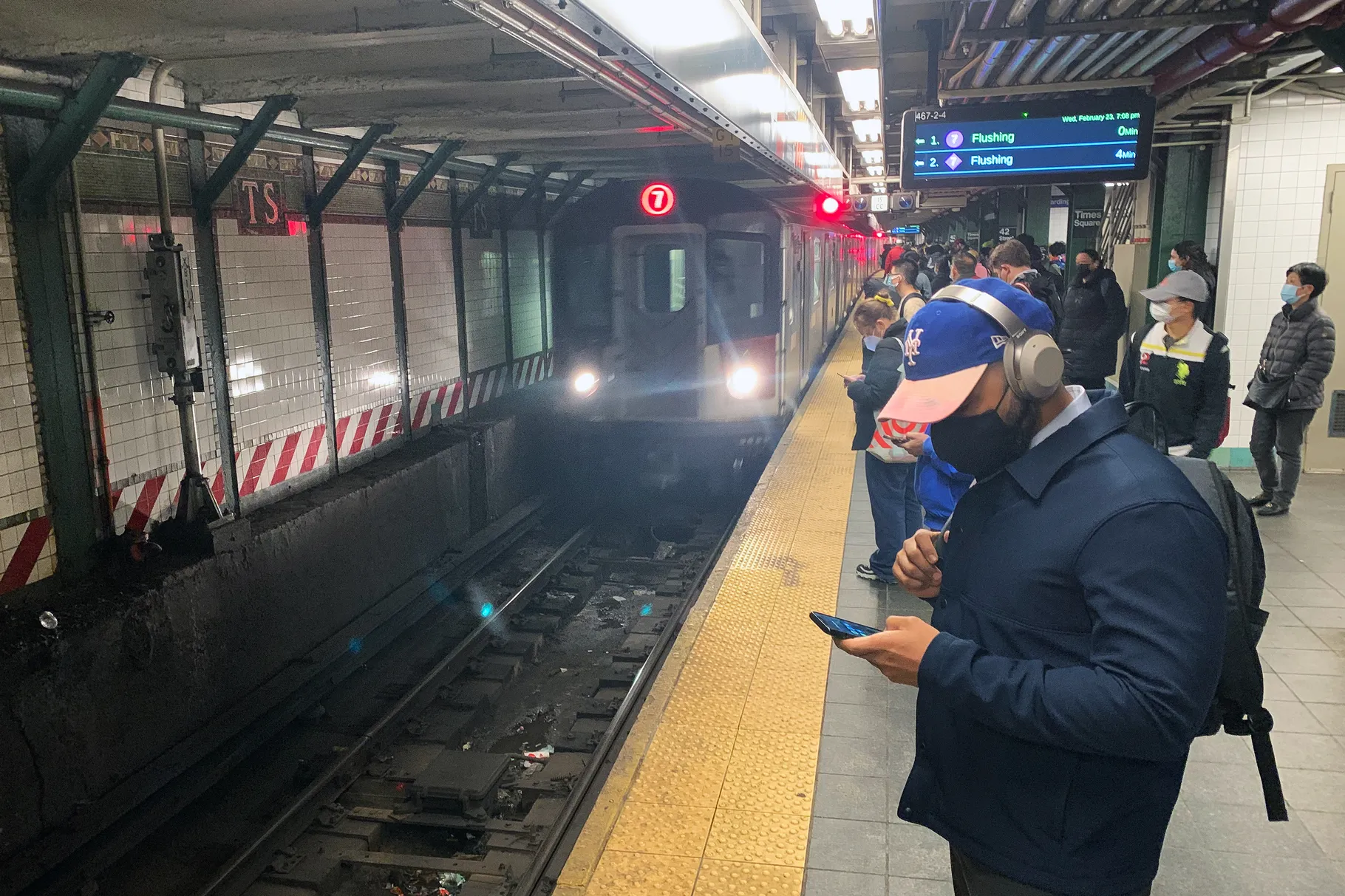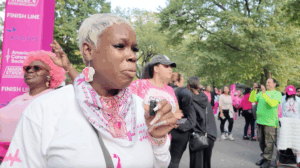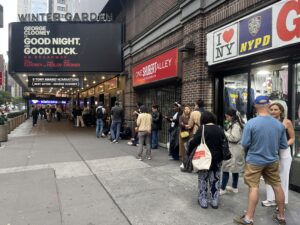
On Wednesday, Feb. 23, the Metropolitan Transportation Authority announced the launch of a pilot program to test platform screen barriers in subway stations after years of arguing against the idea. These barriers will be tested at three stations: the E line platform at the Sutphin Boulevard-Archer Avenue–JFK Airport station in Queens, the L line platform at Third Avenue station in Manhattan, and, one of the city’s busiest, the No. 7 line platform at the Times Square station.
For several years, transit authorities curbed any urge for such large-scale engineering improvements to the city’s subway system, claiming that the 118-year-old infrastructure could not withstand such modernized expansion. However, the launch of the pilot program is a timely course of action. In 2021, the M.T. A. reported that the number of track intrusions shot up 19 percent from 2019, despite ridership plummeting because of the pandemic.
In recent months, there has been a surge in public outcry over subway safety after a 40-year-old Asian-American woman, Michelle Alyssa Go, was pushed onto the tracks in front of a moving train by a homeless man and subsequently killed in January. The incident drove Mayor Eric Adams to advocate for increased police presence and gradual dislocation of homeless people in his subway safety plan. It also pushed the Manhattan borough president Mark Levine and several City Council members to appeal to the M.T.A. authorities for action.
Despite the fact that over one-fourth of New York City station layouts have the potential to support platform screen doors in their infrastructure, none of the city’s 472 stations have any sort of safety feature that protects riders from falling or intentionally jumping onto the tracks. Such platform barriers exist in several newer subway systems in Europe and Asia.
“I used to live in London and have been to cities in Asia with these doors, and it definitely feels safer because you can see clearly that you have zero risk of falling or being pushed in front of a train,” said David Talgo, a NYU student, transit advocate and frequent subway rider.
Much of the M.T.A.’s initial resistance stemmed from not just the engineering complexities of enhancing the antiquated subway system, but also from the potential cost of the endeavor on a large scale. According to a 2019 report by the M.T.A., installing platform screen doors on only 128 stations would cost around $7 billion. The pilot program itself, according to Janno Lieber, M.T.A. chair and chief executive, will cost over $100 million.
“There are a lot of elements to the subway that need investment to be modernized and platform doors are going to be one of the many things the M.T.A. will have to spend millions on. Frankly, I think the solution is to vastly increase the funding the M.T.A. receives,” said Talgo.
Though there is no set timeline, Lieber said the pilot program can be completed by 2024, presuming there will be no extenuating circumstances. The initiative is one of city officials’ several programs, including thermal technology and mental health research, to impede the uptick of track intrusions in the recent months.








